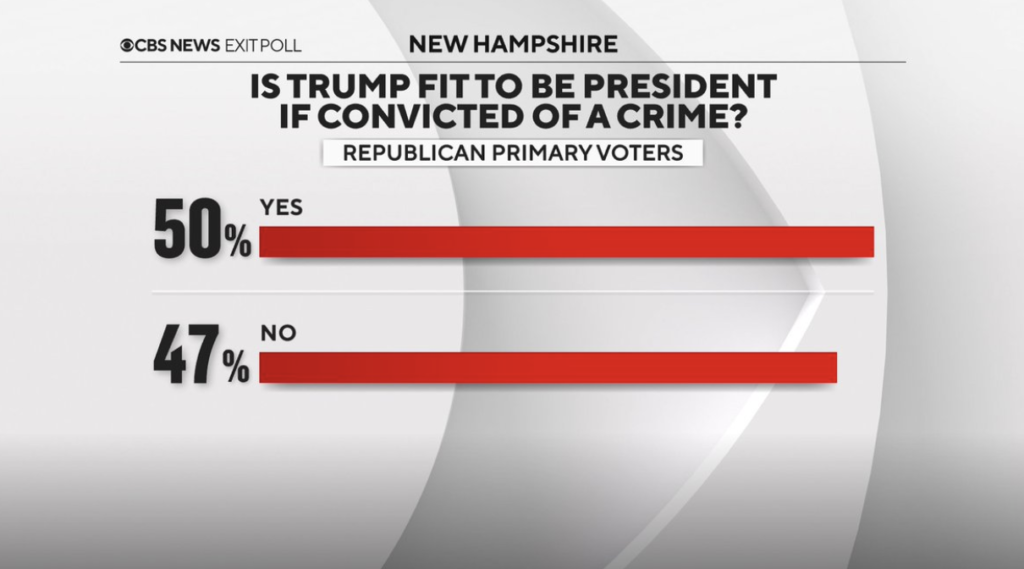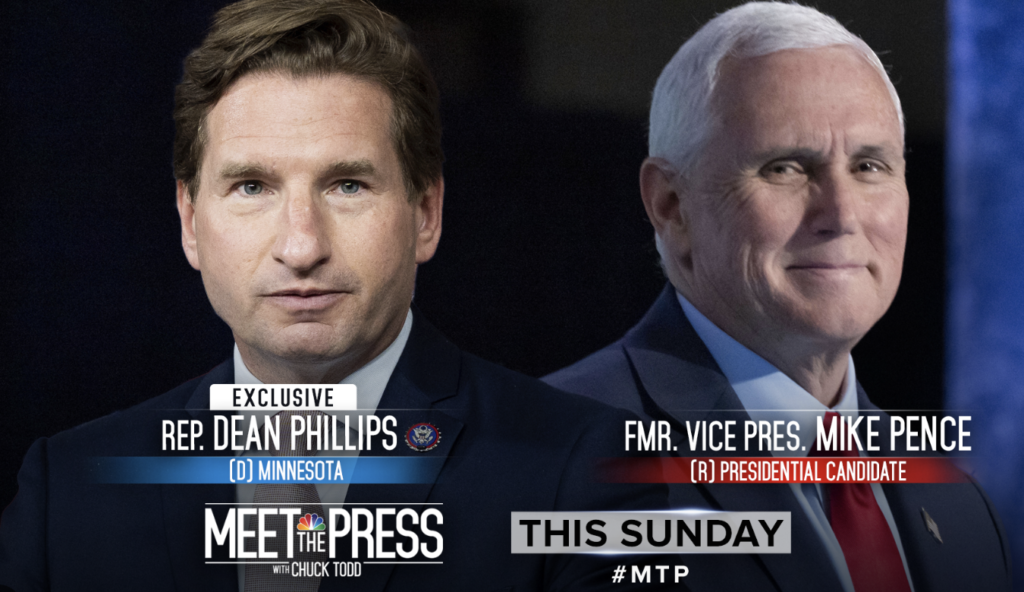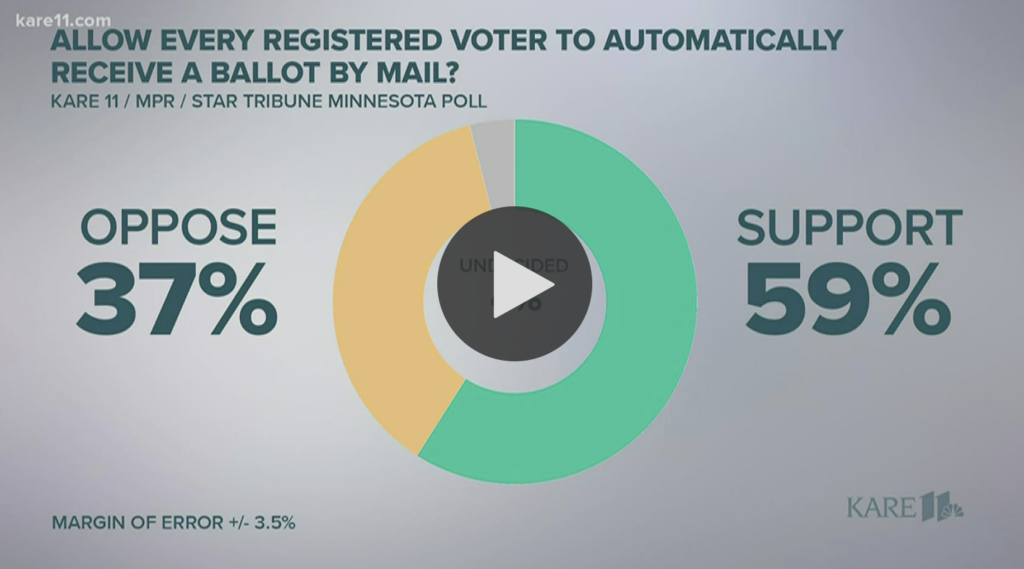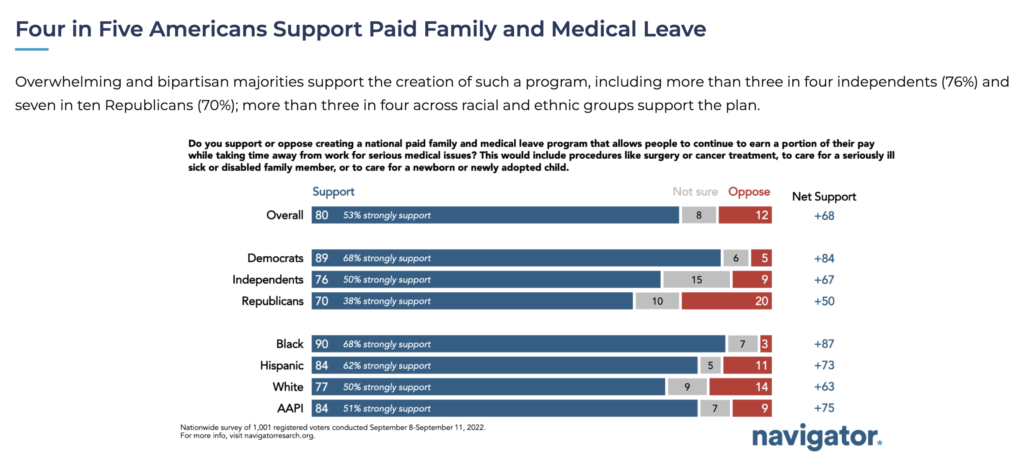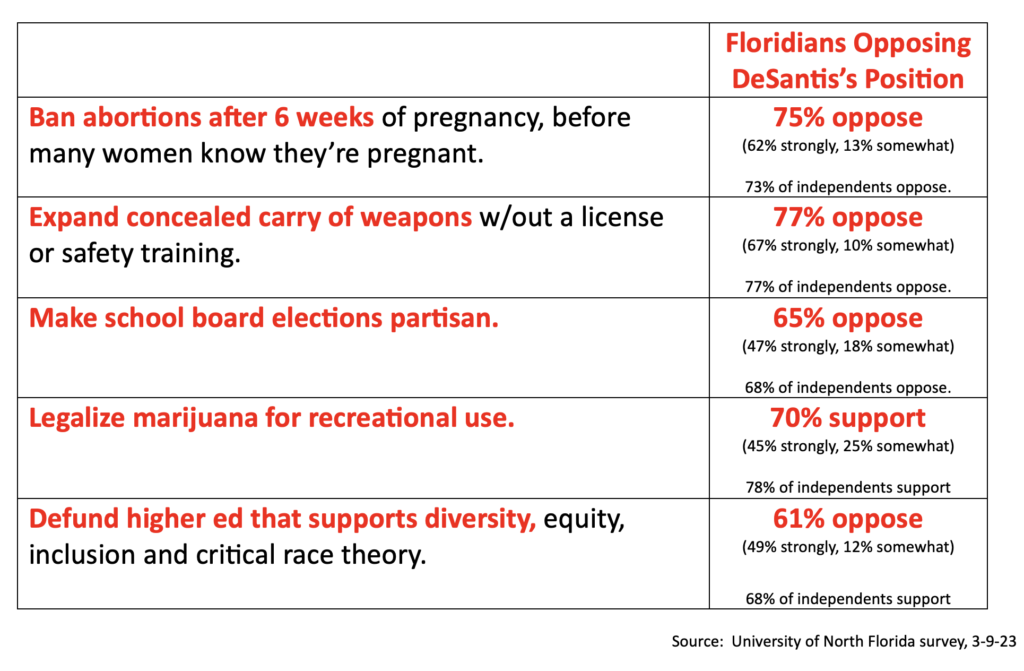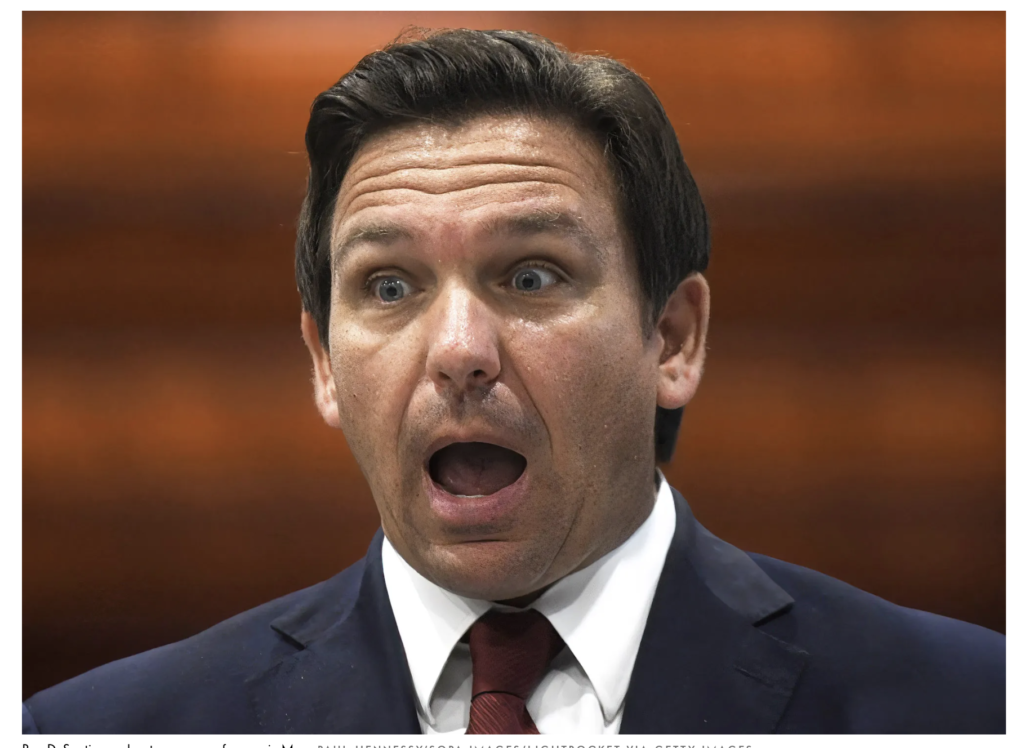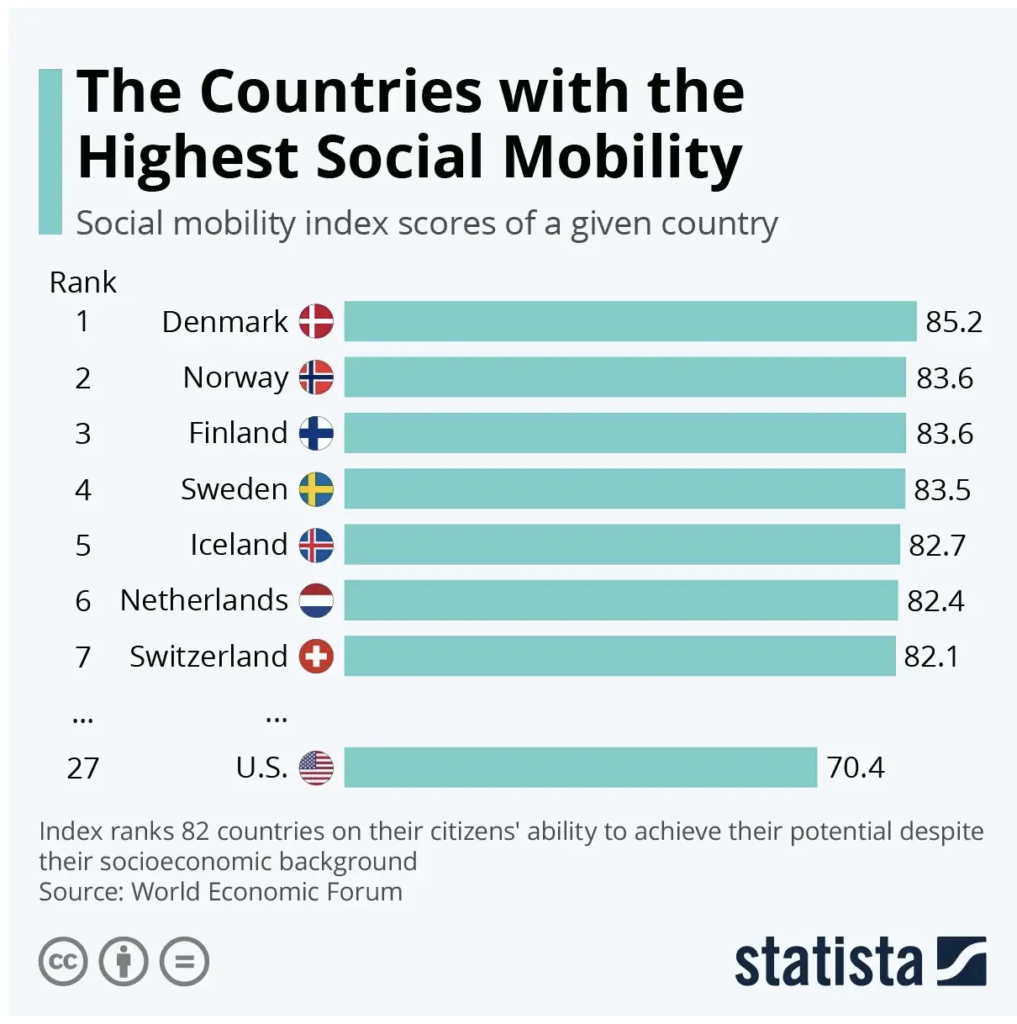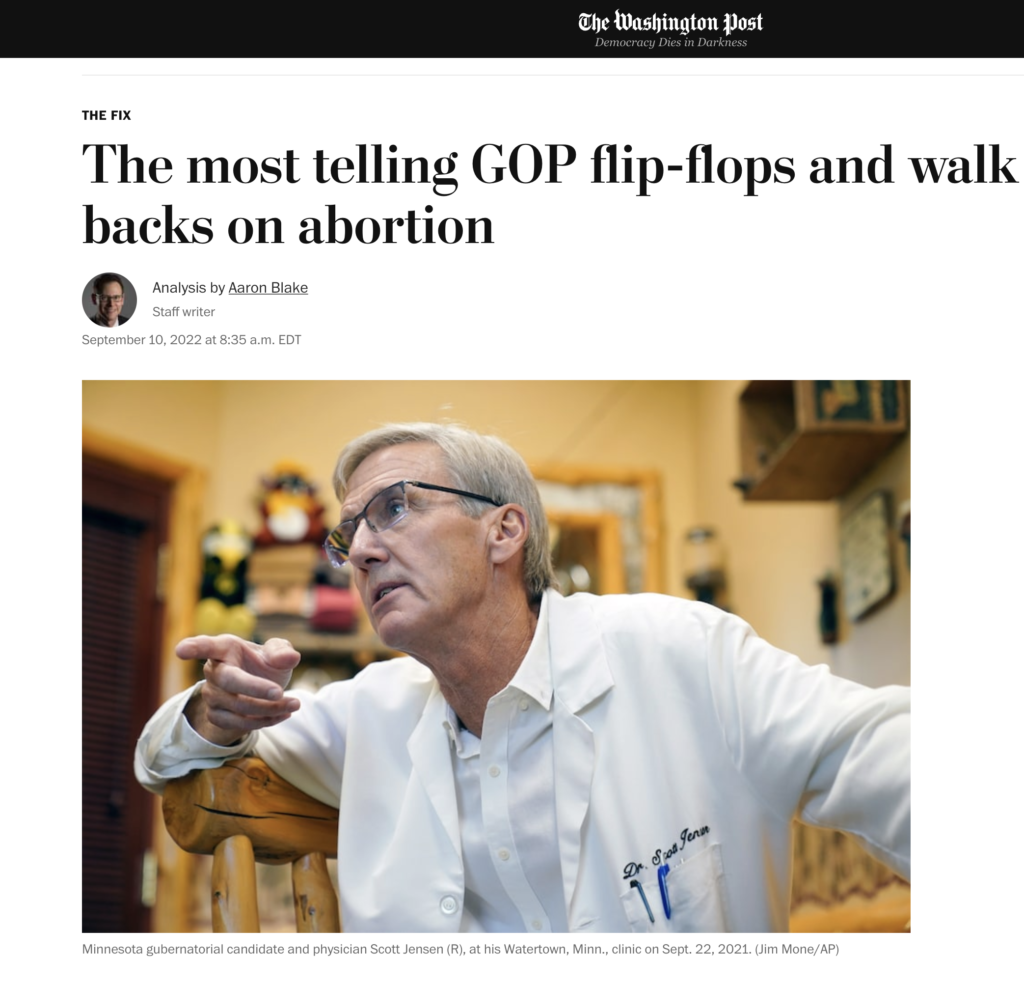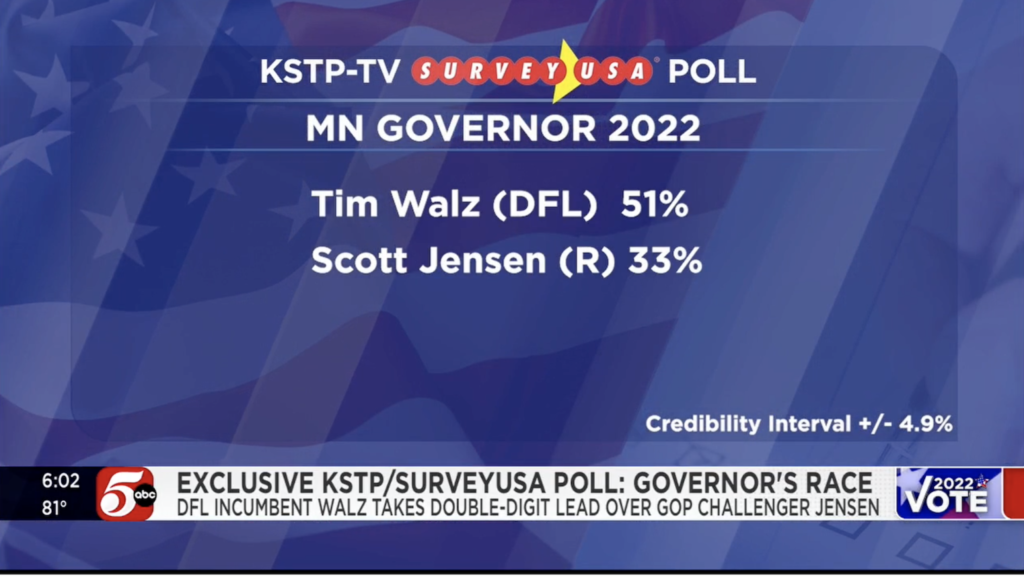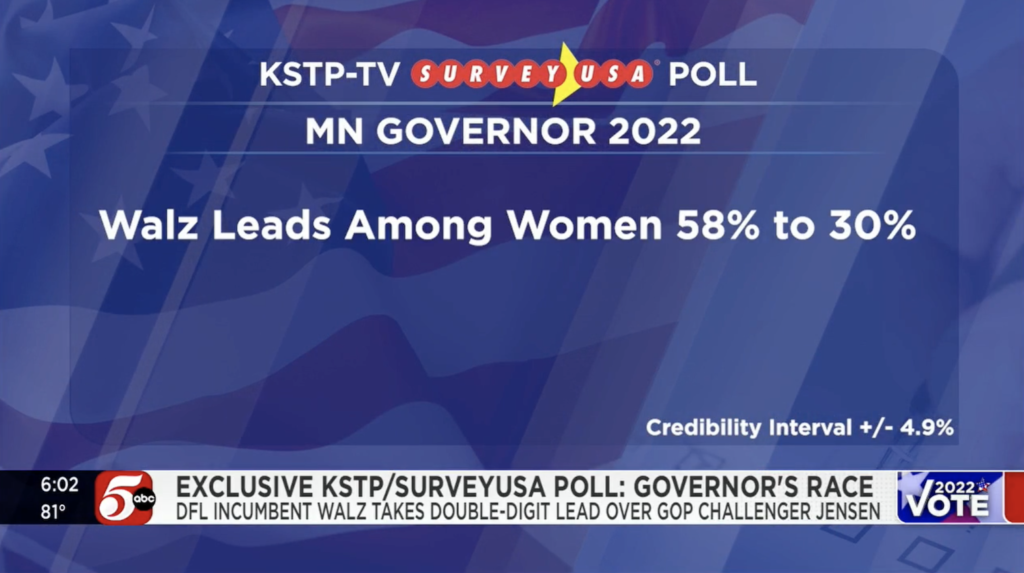I’m a fanboy of journalist fact-checkers. With all of the myths floating around politics and social media, that service has never been more necessary.
But in many ways, Trump has fact-checking journalists unable to make sense of his dizzying manipulations. Tom Tomorrow’s “This Modern World” explains in this insightful ‘toon.

At least two things are in play with fact-finding in the Trump era. First, journalists are confronted with a steady stream of tens of thousands of Trump’s lies — over 30,000 lies in Trump’s first four years alone. Because there are so many Trump lies to run down, journalists seem to feel obliged to scold Harris in roughly equal measure.
Trump era reporters want to appear balanced, even if the amount of lying and misleading between the two major party candidates is clearly out of balance. For this reason, some of the Harris scolds sometimes get to be a stretch, as the Tom Tomorrow cartoon satirizes.
The other Trump tendency that ties fact-checkers into knots is this: Trump famously takes multiple conflicting positions on many issues. His policy positions are consistently inconsistent.
Therefore, a Trump opponent attempting to characterize Trump’s record and positions perfectly accurately would require them to articulate lengthy explanations of Trump’s dizzying number of contradictions. That simply isn’t practical for a Trump opponent trying to be clear and concise on the campaign trail.
Abortion is a recent example. Trump has repeatedly boasted about overturning Roe abortion rights. But now that this “achievement” is clearly unpopular with impacted women, two-thirds of whom want abortion to be legal in all or most cases, Trump is claiming he will oppose policies that continue to limit or block abortions on a national level.
Forget that Trump’s record of overturning Roe says more about his position than any spin he subsequently uses. Forget that the Project 2025 playbook written by 28 of Trump’s top aides clearly lays out new ways for Trump to ban more types of abortions in more states, and that Trump has never specifically said he wouldn’t implement those things.
No, now when Harris points out that Trump wants to take away reproductive freedom, the ever-earnest fact-checkers have declared that she must point out that Trump has also taken a different position recently. They say that Harris’s failure to note Trump’s walkback spin makes her less than truthful.
That kind of fact-checking inadvertently misleads readers, many of whom only read the fact-checkers’ headlines and labels (e.g. “Kamala Harris’s Attack of Trump on Abortion Is Misleading”). The headline fails to note that Trump’s frequent lies are at the heart of Harris’s struggle to concisely characterize Trump’s ever-changing positions.
The New York Times’ David Leonhardt explains the strategy behind Trump’s walkbacks that aren’t walkbacks.
It’s become a pattern: President Trump says something outrageous. He later grudgingly retracts his statement, or members of his administration retract it on his behalf. And then he quickly undermines the retraction.
So what explains it? What could Trump possibly be accomplishing with this blatant dissembling?
Something important and devious, actually. He is sending two different messages, each intended for a different audience.
With the initial statement, he’s talking to his primary audience. Often, that audience is his political base, and Trump is signaling that he’s with them…
And then, in short order, come Trump’s walkbacks. But I think it’s crucial to understand the value that these walkbacks have to Trump. Almost no matter how silly they are, much of the media coverage tends to treat the walkbacks as serious. The walkbacks — and the credulous repetition of them — allow Trump’s fellow Republicans to pretend that he never really meant the initial statements.
Leonhardt is focusing on how Trump manipulates Republicans, but Trump similarly manipulates fact-checking journalists.
The Affordable Care Act (ACA) is a different kind of example. In his first term, Trump promised he would eliminate the ACA and replace it with a secret plan that he promised would be better than the ACA. After getting elected on this promise, Trump tried and failed over 70 times to kill the ACA, and never produced a replacement health reform plan that would be better for Americans.
(Only very late in the debate did Trump share a detailed “TrumpCare” plan. It would have caused more than 20 million Americans to lose their health protections. It was so destructive that only 17% of Americans supported it.)
Now, after that very telling history from Trump’s first term, in the 2023-24 campaign, Trump is again saying he would eliminate the ACA and replace it with a plan to make things even better. Sound familiar?
When Harris uses shorthand and explains to voters that Trump again wants to take away ACA protections, she gets scolded by fact-checkers who want her to give Trump credit for his latest promise to produce his latest secret plan. Given Trump’s long history of deception on this issue, it’s perfectly reasonable for Harris to assume that Trump has no viable ACA replacement plan. If he did, he would surely be happy to share it with Americans.
Again, I loves me some fact-checkers. They’re vitally important. We need more of them. But they do need to do a better job of understanding and explaining Trump’s manipulative games.


